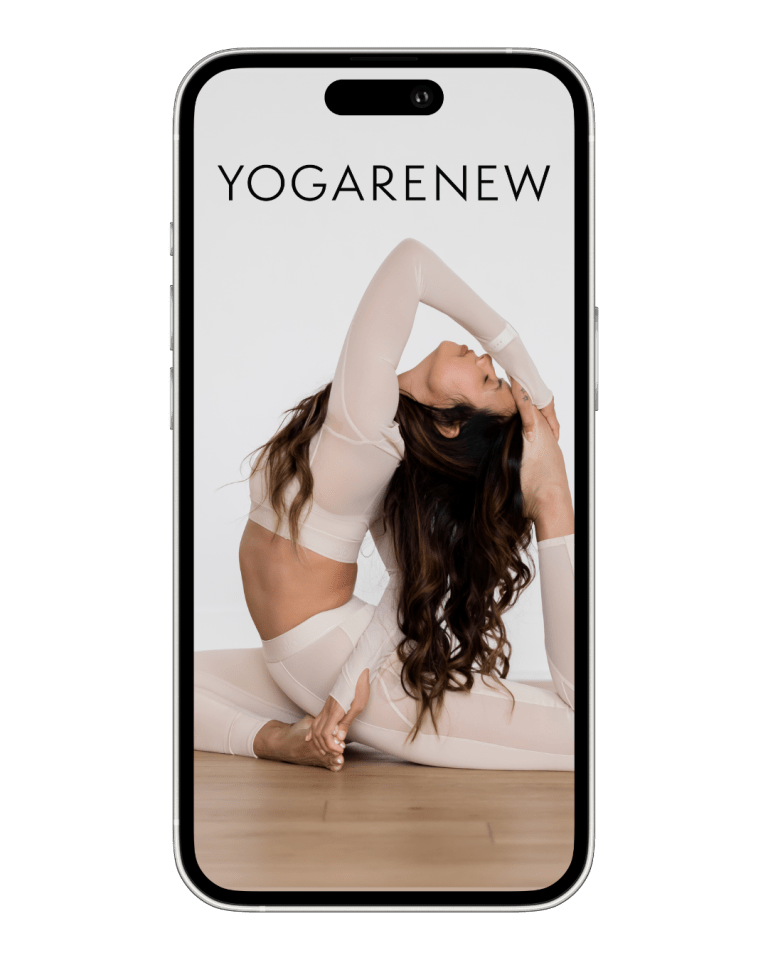What is Head-to-Knee Pose?
English Name: Head-to-Knee Pose
Sanskrit Name: Janu Sirsasana (pronounced JAH-new sheer-SHAH-suh-nuh)
Category: Seated Forward Fold, Hamstring Stretch, Hip Opener, Calming

English Name: Head-to-Knee Pose
Sanskrit Name: Janu Sirsasana (pronounced JAH-new sheer-SHAH-suh-nuh)
Category: Seated Forward Fold, Hamstring Stretch, Hip Opener, Calming
Head-to-Knee Pose, or Janu Sirsasana, is a seated forward bend that combines gentle spinal lengthening with a deep stretch for the hamstrings and inner thighs. Often practiced in the cool-down or restorative part of a yoga class, this posture helps calm the mind, release physical tension, and improve flexibility in the hips and legs.
Though the name implies that the head must touch the knee, the essence of the pose lies in intention over destination. The real benefits come from cultivating awareness, breathing deeply, and allowing the body to soften gradually into the shape.


1. Hamstring or Knee Injury: Avoid deep folding—modify or support the knees
2. Lower Back Issues: Use a bolster under the hips to maintain spinal alignment
3. Sciatica: May aggravate symptoms—adjust or skip
4. Tight Hips or Groin: Use props for comfort and reduce strain
5. Pregnancy (later stages): Avoid forward compression—modify with a wide-legged version or keep torso upright
Head-to-Knee Pose is a beautiful combination of physical release and mental calm. It gently invites length through the spine and openness through the hamstrings and hips while encouraging inward reflection. Practicing Janu Sirsasana regularly enhances flexibility, reduces stress, and promotes a meditative state of presence and surrender.
Not at all. The goal is a lengthened spine and gentle stretch—not forceful contact.
Try supporting the bent knee or elevating the hips to help even out your foundation.
Yes! With props and mindful folding, it’s accessible and beneficial at all levels.

Explore classes & pose tutorials for any style, format, duration or experience level with a free account in the YogaRenew app. Or subscribe and gain access to workshops, live classes and more.